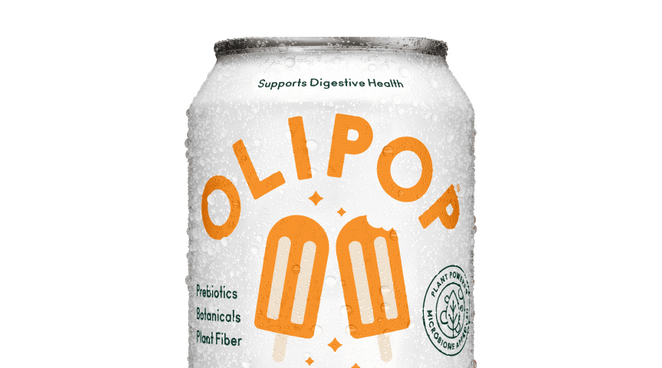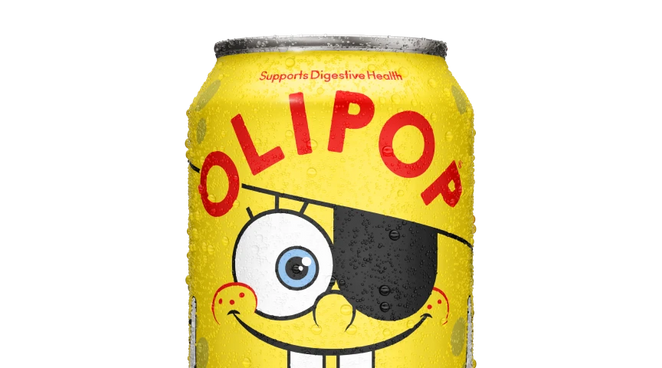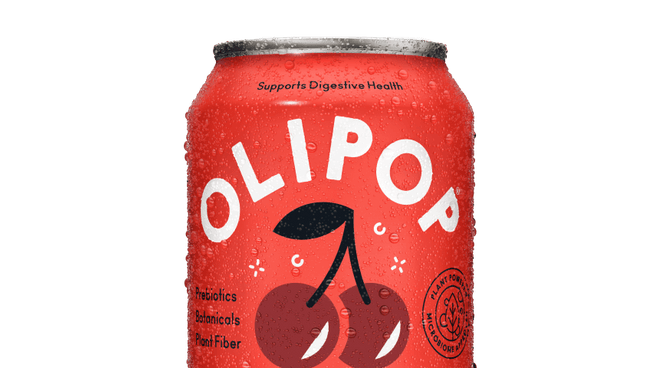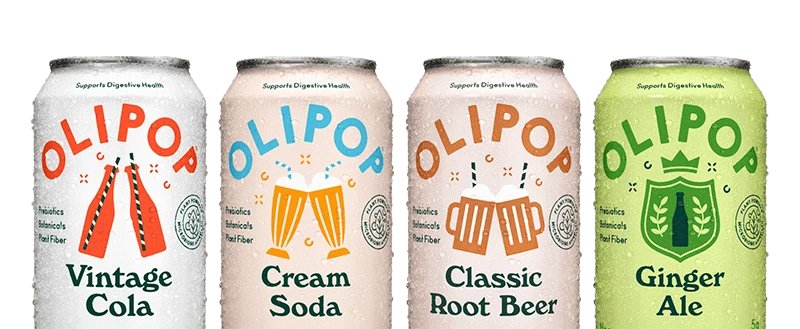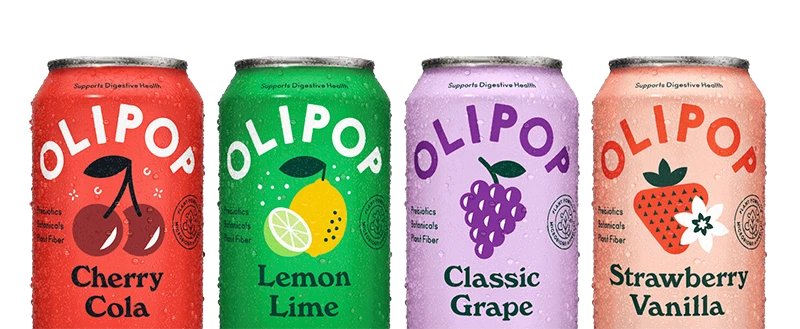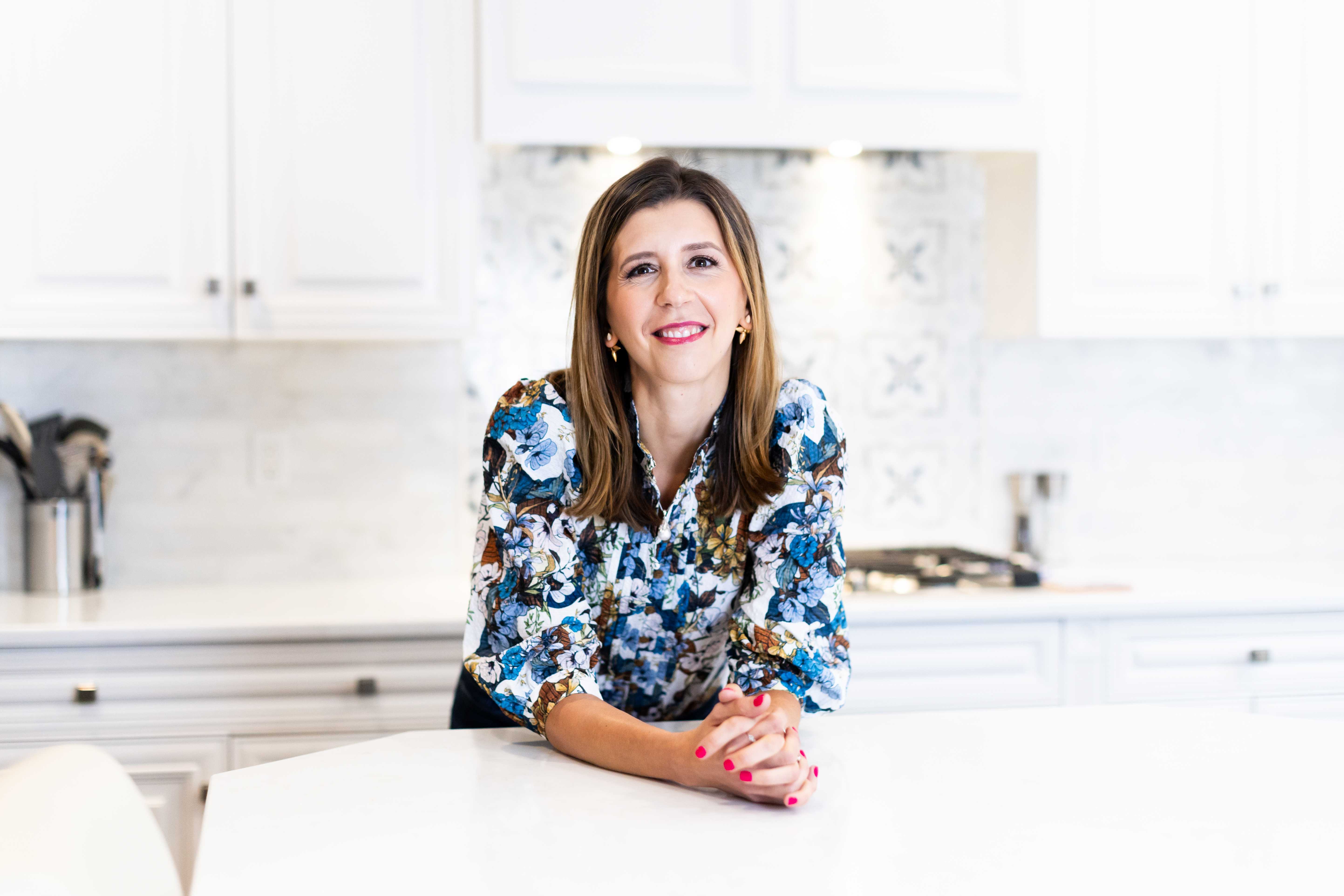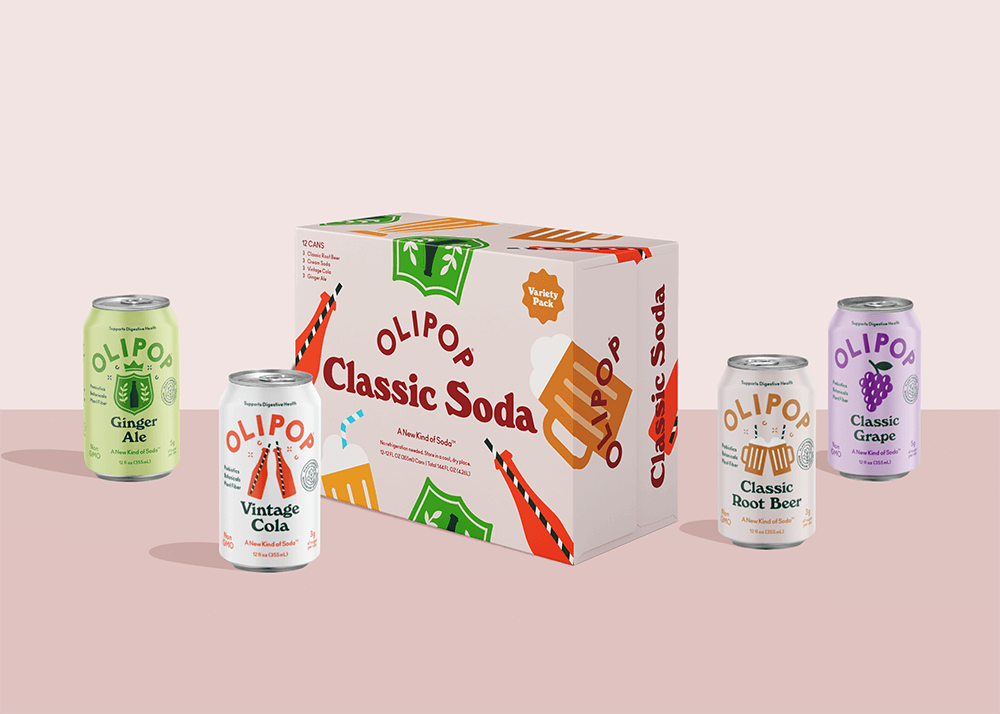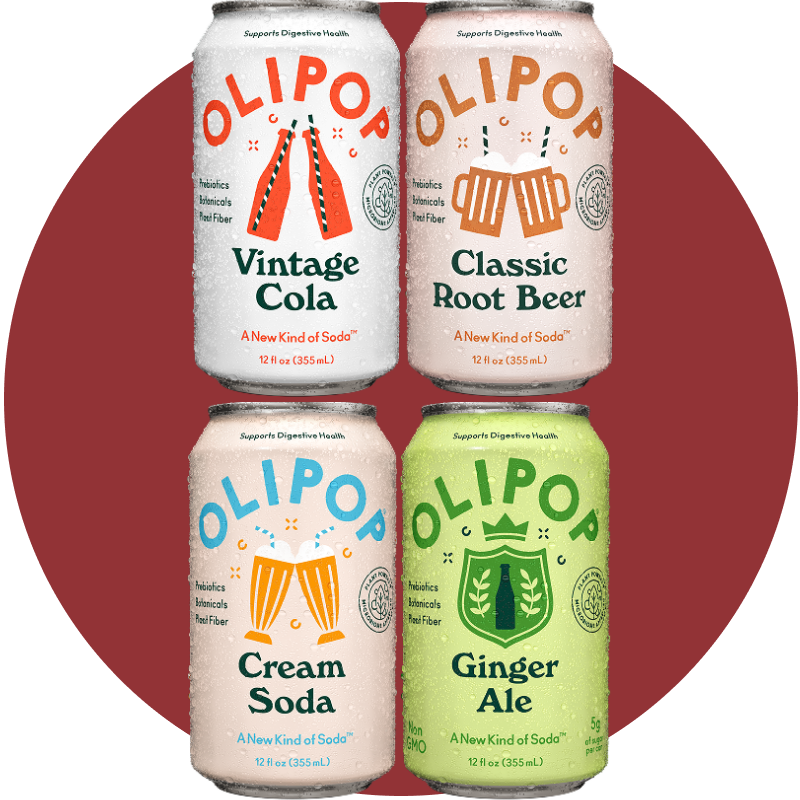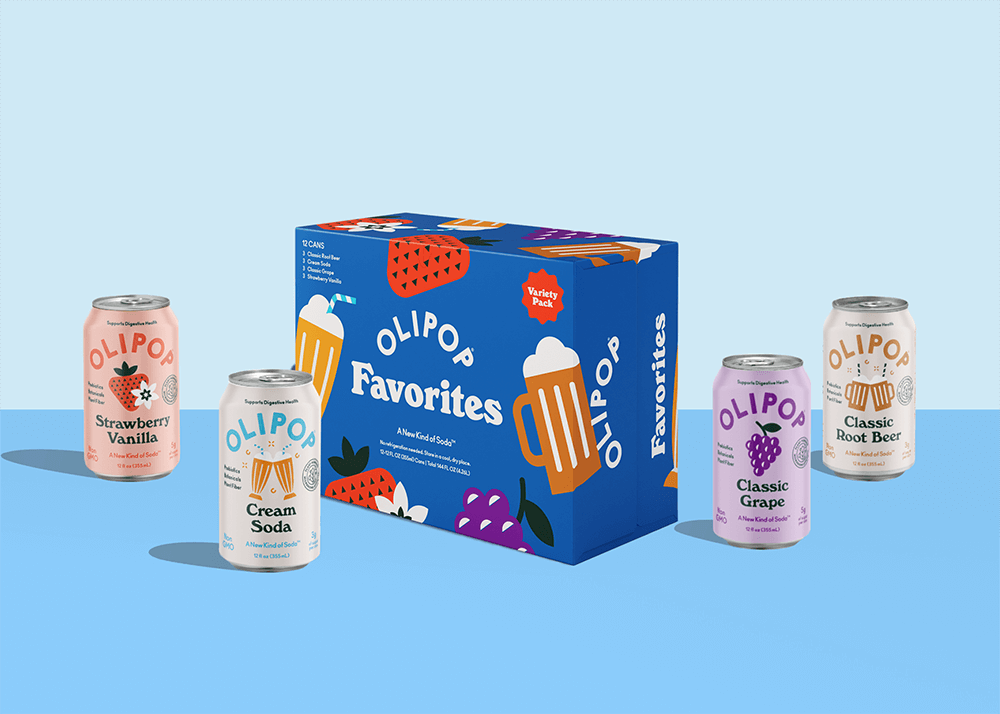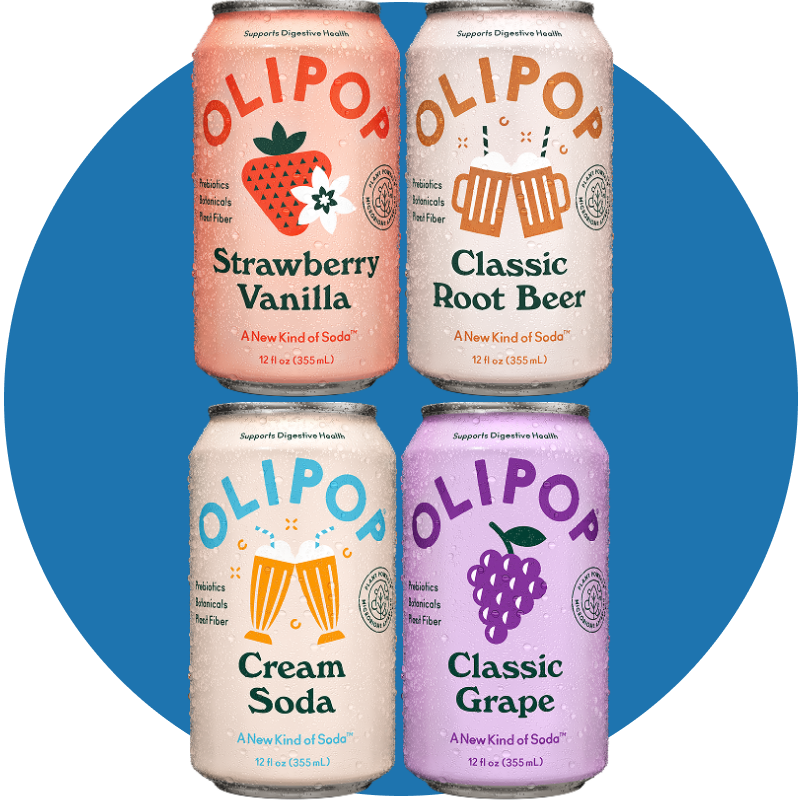Fiber is an essential nutrient we all should be getting more of in our diet—but here’s the problem: we just don’t. Adult women and men require between 25 to 38 grams of fiber per day.[1] Yet according to the USDA, more than 90% of women and 97% of men do not meet these recommended intakes for dietary fiber.[2]
Scientific experts and registered dietitians agree that most people fall short of their daily fiber intake, often referring to this shortfall as the fiber gap. We’re clearly struggling to get enough, and the question is…why? And why should you care?
What is the Fiber Gap?
The fiber gap refers to the significant difference between the recommended and actual daily intake of dietary fiber, resulting in an alarming deficiency.[3] So much so that the Dietary Guidelines for Americans has declared fiber (along with calcium, vitamin D, and potassium) as a nutrient of public health concern.[1]
The good news about the fiber gap is that most people are aware of the benefits of fiber and that they need it in their diets. The bad news is that, according to consumer research, most people believe they’re getting enough. However, we know that’s far from the case, with closer to 5% of the population actually meeting those daily fiber goals. Hence the gap.
Why Is There a Fiber Gap?
Food contains a matrix of nutrients, and fiber is just one. Fiber occurs naturally in various fruits, vegetables, legumes, and whole grains. You may also find fibers isolated or extracted from plant sources and added to foods, beverages, and dietary supplements. Not all fibers are the same, and there are key differences between soluble and insoluble fibers. Therefore, it might be challenging to identify what fiber(s) you are consuming from these various foods and how much you’re consuming. In other words, a big reason for the fiber gap is that you might not know what foods contain fiber and if those foods are providing you with enough fiber.
When it comes to “enough fiber,” many of us typically fall short simply because we need to consume many fibrous foods to meet our recommended fiber intake.[4] Most foods don’t contain an abundance of fiber in a typical portion or serving. For example, a medium apple with skin contains around 4g of fiber, which is around 14–18% of the daily recommended intake for women and 12–14% for men. That’s why it’s helpful to incorporate fiber in every meal and snack to ensure you’re getting enough. It requires some planning to hit that 25 to 38 grams per day recommendation.
Why Worry About the Fiber Gap?
So, it’s hard to get enough fiber daily, but why should you care about fiber in the first place? Well, fiber plays a crucial role in your overall health. It supports your intestinal regularity and provides nourishment for bacteria that live in your large intestine.[5] It may also help slow the absorption of sugar. This means it could help support healthy blood sugar and cholesterol levels, as well as other potential health benefits.[5]
As for those bacteria, trillions of microorganisms collectively form your microbiome, or gut microbiota. The diversity of different species and types of bacteria is known as microbiome diversity. The good bacteria need food to survive, which is where fiber steps in. Your gut is like a brewery, where certain fibers ferment to serve up a variety of health benefits. More fiber means more healthy bacteria to help your body work at its best!
What Happens if You Don’t Get Enough Fiber?
Not consuming enough fiber may lead to occasional GI problems, such as occasional constipation and irregular bowel movements, as fiber helps keep things moving smoothly. It also plays a role in keeping you full, so a low-fiber diet may not keep you as satisfied, leaving you with room for extra snacks. Fiber also helps manage blood sugar levels and supports gut health by feeding those beneficial bacteria, so without enough, you may experience fluctuations in overall digestive health.
How to Find Fiber and Fill the Fiber Gap
Modern-day diets are very different from those of our ancestors, who consumed substantially more fiber due to the inclusion of various plant-based foods. Ancestral humans may have consumed as much as 100 grams of fiber per day.
While we can’t expect to match our hunter-gatherer ancestors, there are steps you can take to add more fiber to your modern-day diet.
- Add More High-Fiber Foods: Eat a variety of your favorite fruits, vegetables, whole grains, and legumes. In addition to their fiber content, these foods deliver essential vitamins and minerals without adding many calories.
- Incorporate a Variety of Fibers: Not all fibers are the same! For example, oats contain beta-glucan, a soluble fiber that helps support heart health among other benefits, while asparagus contains inulin, a fiber that feeds the “good” bacteria in your gut. By eating a wide range of plants, you give your microbiome the variety it needs to thrive.
- Check the Nutrition Label: If the “% Daily Value” is 20% or more, that nutrient is considered high. For fiber, that’s a good thing. For “Added Sugar”? Not so much. With 6 to 9g of fiber and 2 to 5g of sugar per can, OLIPOP provides an excellent source of fiber while keeping total added sugar intake low.
- Start Slow to Allow Your Gut to Adjust: If you are a low-fiber consumer to begin with, gradually add fiber-rich foods to allow your gut time to adapt to something new. Occasional bloating and flatulence may occur during this adaptation phase, but just know that this is completely normal and will subside with time. Be sure to drink more water and other fluids as you increase your fiber intake.
How OLIPOP Can Help Close the Fiber Gap
As we’ve talked about, fiber can feel hard to come by. And clearly, we’re not getting enough. So, as you’re searching for higher-fiber foods, adding more variety to your diet, and checking ingredient lists, consider also picking up some OLIPOP.
OLIPOP offers 6 to 9g of fiber in every can thanks to our OLISMART blend of prebiotics, each hand-picked for its distinct biome-supporting benefits. Thanks to our high fiber content, we’re able to offer a practical solution to help bridge the fiber gap with a delicious way to support your digestive health. Although you can’t see it, our plant fibers work with you through every sip. We’re looking to add fiber to your diet in a convenient, tasty, and approachable way to help make the fiber gap a little smaller.
The Fiber Gap: The Takeaway
Fiber plays a crucial role in our health, especially our digestive health. Certain fibers, like prebiotics, can provide nourishment for bacteria or microbiota that live within us. These bacteria stimulate beneficial metabolites called short-chain fatty acids that our body uses as an energy source for other cells.[3]
We still need more fiber in our diet. However, proper meal planning and an eye for high-fiber foods and drinks can help close the fiber gap. So, the next time you head to your kitchen for a meal or snack, think about what fibrous food sources you have on your plate or in your hand. As a reminder, OLIPOP is a high-fiber (and delicious) beverage that can help close the fiber gap. Now, that’s a delightful way to load up on fiber!
Sources
- U.S. Department of Agriculture and U.S. Department of Health and Human Services. Dietary Guidelines for Americans, 2020-2025. 9th Edition. December 2020. Available at DietaryGuidelines.gov.
- Thompson, H. J. (2021). The Dietary Guidelines for Americans (2020–2025): Pulses, Dietary Fiber, and Chronic Disease Risk—A call for Clarity and action. Nutrients, 13(11), 4034. https://doi.org/10.3390/nu13114034
- Quagliani, D., & Felt-Gunderson, P. (2015). Closing America’s fiber intake gap. American Journal of Lifestyle Medicine, 11(1), 80–85. https://doi.org/10.1177/1559827615588079
- McKeown, N. M., Fahey, G. C., Slavin, J., & Van Der Kamp, J. (2022). Fibre intake for optimal health: how can healthcare professionals support people to reach dietary recommendations? BMJ, e054370. https://doi.org/10.1136/bmj-2020-054370
- Slavin, J. (2013b). Fiber and Prebiotics: Mechanisms and health benefits. Nutrients, 5(4), 1417–1435. https://doi.org/10.3390/nu5041417
- Fiber is an essential nutrient required in the diet, but most Americans continue to fall short, with more than 90% of women and 97% of men not getting enough.
- Reasons for the fiber gap: Understanding and identifying what foods contain fiber can be challenging, and you need to eat a lot of fiber to meet your daily requirements.
- Finding fiber and filling the gap is possible with proper meal planning. Choose fibrous foods and aim for variety. A diversity of fibrous foods is favorable for your gut.







